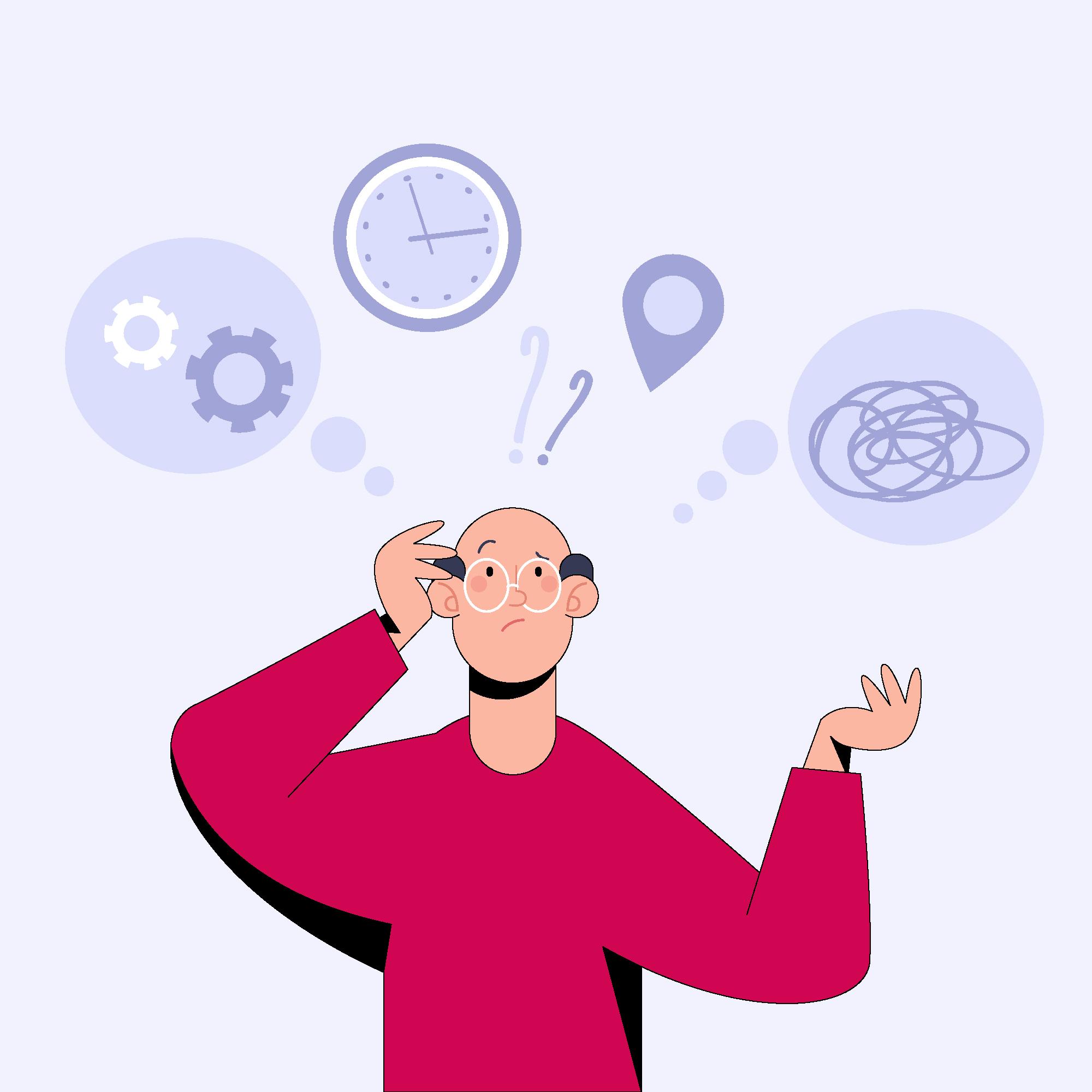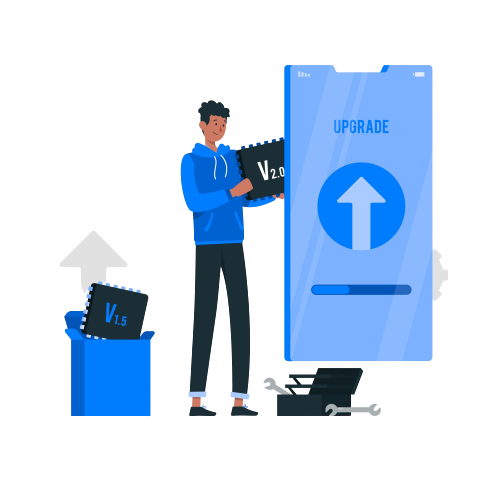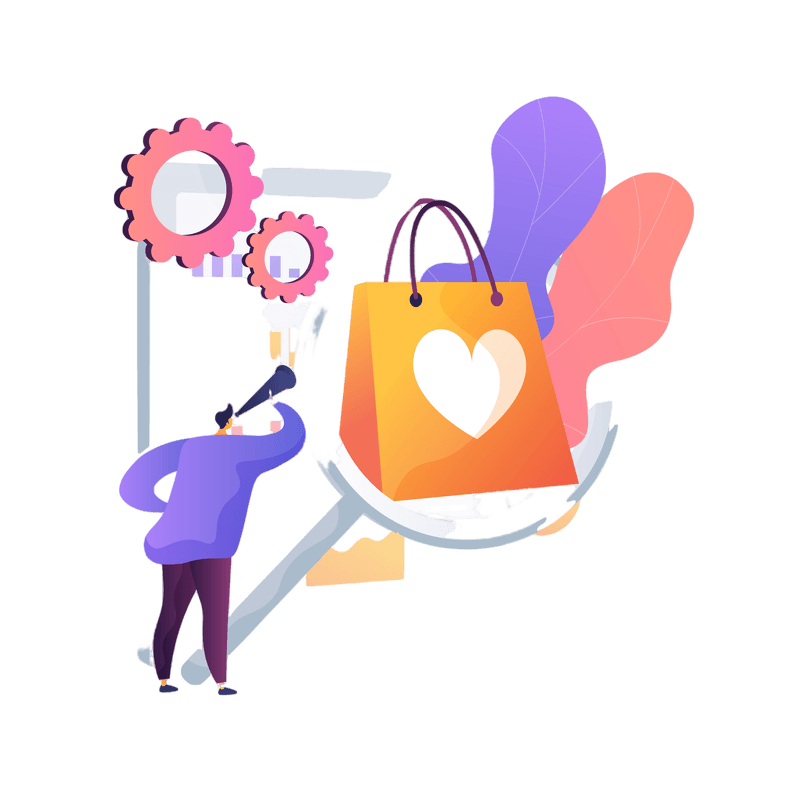INTRODUCTION
Apps change and develop over time. New design, different technical functionality, and shifting market demands all combine to alter what applications are and how they perform. For instance, prior to the launch of Snapchat, Instagram undoubtedly had no plans to introduce Instagram Stories.
Updates to apps and the creation of new features are crucial over time. But we've noticed something. Apps have a tendency to lose focus as they age. They add so much functionality that they are challenging for novice users. Super-fast adore them, but novice users can't use them.
So what's going on here? What causes apps to swell to such an unmanageable level of complexity?
We'll find out. Let's get started!
Mobile app solutions have an impact on a business's dynamics. Between 80 and 90 percent of mobile apps that are published in app stores are never used again.
Although many programmes are downloaded, much fewer are actually used again. It's amazing how few of these technologies will ever be used, let alone utilized frequently, by your target audience. In a situation like this, it's critical to take every precaution to try and minimize the barriers that prevent your target audience from using your app.
The following parameters are largely responsible for What makes an app difficult to use for end users?
Usage Complexity

App developers frequently go to great lengths to improve the user experience. Apple's ease of use was the main factor in why it attracted so much attention so soon. Your programme isn't useful if a user can't find the appropriate buttons in a single step.
Your audience must be able to access features with ease. Given the availability of other simple-to-use solutions, users lack the time to learn how to utilize your application. The programme may not work properly if the design is overly complicated.
A time-lapse

Any user will be bothered by one of three different types of time problems:
Loading \ Registration \ Performance
Any app's loading speed must be fast enough to draw in repeat users and an audience. Second, the app's registration process must be quick and easy. Third, there shouldn't be any time gaps in the app's actual performance.
Subpar user experiences result from user annoyance on any of the aforementioned. The success of the app is ensured by an interface that makes it easy for users to use the app and adds value.
Failure to Update

It's the users who will use your programme. You risk losing your consumer base if you don't take into account what they think of your app. Both giving and receiving user feedback is valuable.
Your users use your application. If you don't understand what they think of your app, you risk losing your customer base. Responding to user input is crucial as well.
You try to sell your software aggressively to your users when it is first introduced, not recognising that you also need to take into account their comments. To keep customers loyal, user problems must be fixed.
Updating the app pays attention to the customer's issues, and the business is eager to uphold its reputation by offering a prompt resolution.
Ineffective backend support

This is particularly valid for various Android apps. You require strong backend support for a programme to remain stable. It's time to adopt quicker and more efficient support and storage methods now that you have cloud technology at your disposal.
There have been several documented occasions where apps were unable to handle traffic spikes, which negatively impacted user retention and new users.
Low-quality App Performance

The audience loses interest in poorly optimized apps. One of the reasons why mobile apps fail is poor optimization. Coding errors, bandwidth limitations, and flaws in network protocols can all contribute to the failure of app speed optimization. Failures of apps might result from neglecting app store optimization.
Inadequate customer service

You may be surprised to learn that poor and insufficient customer service causes nearly 30% of app customers to uninstall the app after only one use.
In order to provide users with effective solutions, the staff members that engage daily with customers should have the appropriate training.
One of the main reasons mobile apps fail is because developers fail to provide adequate support for user issues. This is bad for your brand.
Market Needs

Lack of awareness of current market demands is a key factor in why mobile apps fail. You need to inquire about highly relevant questions that include, Does the app address a core issue or need? And Does the app solve a brand-new issue?
If all options are no, there is a low likelihood that the app will be successful. The app won't have a healthy user base or contribute value to the brand unless it has a distinctive value proposition, or UVP. In today's marketplace, innovation is essential. users demand. The app may eventually fail due to inadequate research. It didn't help matters that there is a data breach involved, either!
Target Audience

Making the decision to construct an app without first conducting market and target audience research implies that you presume you know what users want in an app. Test your concept by asking family, friends, and users in your target demographic if they would use your app.
Does it address any issues? Is there a market for the app you wish to create? It's not about creating the app you want; it's about adapting to audience needs and providing users with what they want. If the app does not answer an issue or target a certain market, it is pointless and redundant. Before you create an app, there must be a real demand for it.
You must be able to rationalize why your target audience will like your app, collect statistics to demonstrate that developing it would not be a complete waste of time, and test your idea with your target audience. It is critical to conduct extensive market research and investigate your competition to see whether your software is unique and addresses a specific pain point.
A smart method to achieve this is to develop a minimal viable product (MVP) and then improve it with new features based on input from users in your target market. The app must outperform your competition and exceed users expectations.
Improper Testing of App

This has to do with software-related concerns that may have been overlooked or not implemented to their full potential. A feature is providing a terrible user experience if it slows down an app's performance, makes it error-prone, and frequently crashes the app. The product is worthless due to out-of-date standards, methodology, and subpar code.
WHAT WE AIM FOR ?
Apps play a huge role in today's day to day routine of people. In today's tech-driven global environment, where firms want to diversify their consumer bases, mobile app development is a crucial marketing tool. We aim to investigate why mobile apps fail because there are hundreds of them for every success story of a mobile app that is popular worldwide.
FINAL CONCLUSION
New features aren't the key to creating an app that draws users and keeps them coming back. The goal is to create a product that excels at a single task. It will probably be difficult if that thing involves retouching editorial photographs to pixel-perfect precision.
Similar to Cisco, your app will need to have a lot of features if you want it to become the industry standard for deploying all types of software. User onboarding will suffer, that much is true. But if you're determined to complete a challenging work successfully, it may be a risk you're prepared to incur.
When features and functions are created for the select few while leaving the majority out, problems arise. When user feedback that is biased and driven by corporate demands combine to produce additional features that complicate things but fall short of the app's main goal.
If you are looking for anything in which we can help, Just Contact us and we can quickly discuss details about your app.
Looking forward for your email/skype message and to discuss with you.
Get in touch with us.